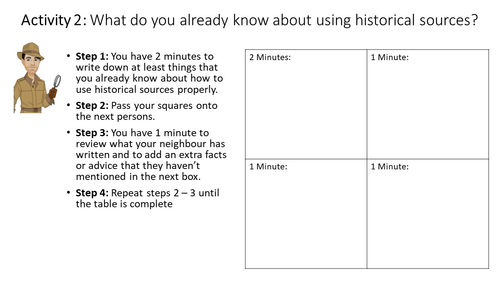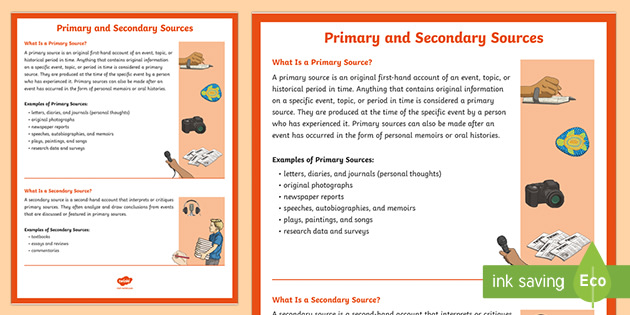What Sources Do Historians Use To Learn About The Past: Unveiling The Key Insights
How Do Historians Know About The Past? (1/3)
Keywords searched by users: What sources do historians use to learn about the past answer key write a report about historians and their sources, state two factors that influence periodisation by historians, how are primary and secondary sources different?, 3 sources of history, written sources of history, 5 sources of history, written and unwritten sources of history, sources of history pdf
What Is Source For A Historian To Know The Past?
Historians rely on a variety of sources to gain insights into the past. These sources encompass a wide range of materials, including coins, inscriptions, architectural remains, and textual records. These invaluable artifacts and documents serve as windows into specific historical periods, offering valuable information and context that enables historians to reconstruct and understand the past more comprehensively. By examining these diverse sources, historians can piece together the events, cultures, and societies of bygone eras, shedding light on the intricate tapestry of history.
What Are The 3 Types Of Historical Sources?
Historical sources encompass a diverse array of materials that provide insights into the past. These sources are typically categorized into three main types: primary sources, secondary sources, and tertiary sources. This classification system helps historians and researchers gauge the reliability and proximity of the source to the historical events they seek to understand.
-
Primary sources are the most direct and original pieces of evidence from a specific time or event. They include documents, letters, diaries, photographs, artifacts, and oral histories created or recorded by individuals who witnessed or participated in the events. These sources offer firsthand accounts and immediate perspectives, making them invaluable for gaining a deep understanding of historical contexts.
-
Secondary sources, on the other hand, are created by individuals who did not directly experience the events they describe. These sources analyze, interpret, and synthesize primary materials to offer a broader perspective and context. Examples of secondary sources include history books, biographies, documentaries, and scholarly articles. They play a crucial role in helping researchers comprehend historical events from different angles.
-
Tertiary sources are the most removed from the original events and are often compilations or summaries of secondary sources. They provide a concise overview or reference to historical information. Encyclopedias, timelines, and textbooks are typical examples of tertiary sources. While they can be useful for quickly accessing information, they lack the depth and immediacy of primary and secondary sources.
In essence, these three categories of historical sources help us navigate the vast landscape of historical materials, allowing us to critically assess their relevance and reliability in our pursuit of a more comprehensive understanding of the past.
What 2 Types Of Sources Do Historians Use To Learn About The Past?
Historians employ a variety of sources to gain insights into past events and eras. These sources can be broadly categorized into two main types: primary sources and secondary sources. Primary sources encompass documents or recollections that originate from the specific time period under investigation, providing firsthand accounts of the past. Additionally, historians also examine material artifacts, which are physical objects from the past, such as pottery, tools, or artwork, offering tangible glimpses into historical contexts. To complement primary sources, historians turn to secondary sources, which consist of previous scholarly works and analyses conducted by experts. These secondary sources provide valuable interpretations, context, and insights into historical events and help historians construct a more comprehensive understanding of the past. By utilizing both primary and secondary sources, historians piece together a rich tapestry of historical narratives, shedding light on the complexities of bygone times.
Discover 30 What sources do historians use to learn about the past answer key





Categories: Update 58 What Sources Do Historians Use To Learn About The Past Answer Key
See more here: c1.chewathai27.com

Learn more about the topic What sources do historians use to learn about the past answer key.
- SQ 2. What sources do historians use to learn about the past?
- What sources do the historians use for the study of a particular …
- Primary, Secondary, and Tertiary Sources
- How Historians Work | National Council on Public History
- History: Primary & Secondary Sources – Library Guides
- Primary, Secondary, and Tertiary Sources in History
See more: c1.chewathai27.com/category/money-policy